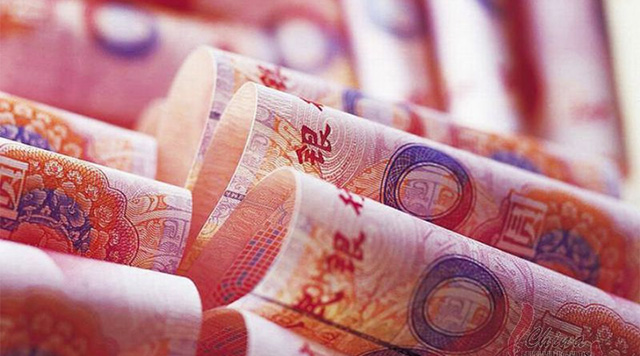
Stablecoin Devaluation Risk
by Barry Eichengreen, My T. Nguyen, Ganesh Viswanath-Natraj
Stablecoins’ reliance on centralized custodians introduces devaluation risk similar to that of traditional currencies under fixed exchange rate regimes. The authoers construct market-based measures of stablecoin devaluation risk using spot and futures prices for Tether, estimating an average devaluation probability of 60 basis points annually and peaking at over 200 basis points during the 2022 Terra-Luna crash. Key risk factors include market volatility and transaction velocity, with elevated interest rates indicating devaluation risk. Deviations from covered interest rate parity point to segmentation between traditional and stablecoin markets, driven by leverage trading and arbitrage costs. Our findings suggest the need for increased transparency and regulatory oversight to mitigate stablecoin risk.





